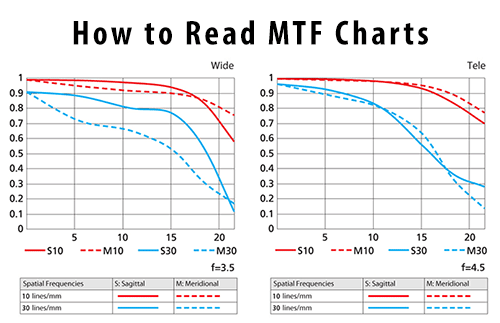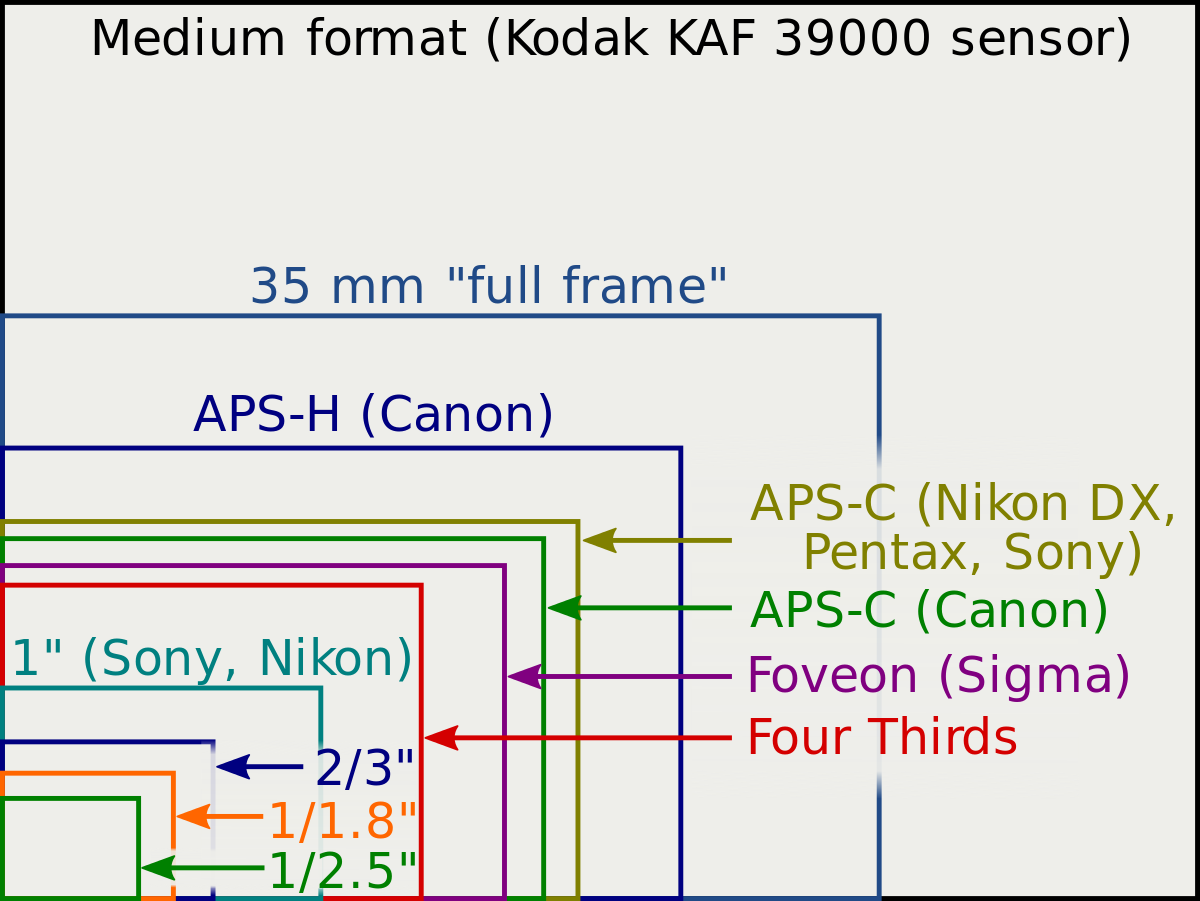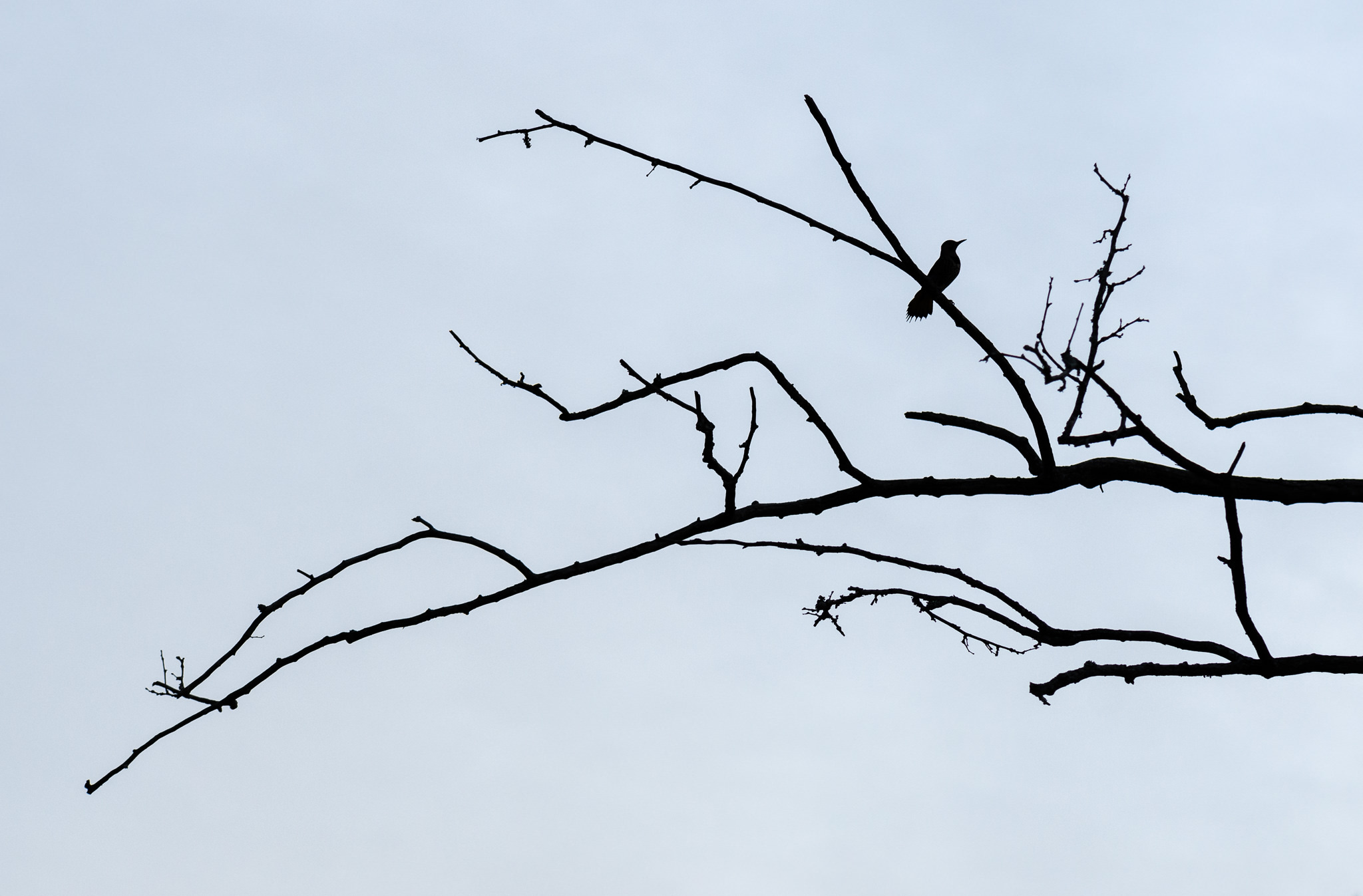AlexH
Well-Known Member
Two tips from me are to look for reflections and don't worry about your equipment - it's more about learning the capabilities of what your camera can do. The best camera is the one you have with you, and for me that's usually a compact camera (albeit a top of the range one for the past two years). These days, most cameras from around £200 (and maybe much less) are more capable than cameras many greats of the past used.
To illustrate the reflection and camera points, here's a reflection in the balcony of Selfridges, Birmingham, UK (taken with a bridge camera that had cost me £100 at the time, with the balcony used to keep the camera stable):

Don't be afraid to look silly could be another tip. I looked stupid while I was taking the photo, stretching over the balcony, but it won Picture of the Week in Amateur Photographer magazine, after a journalist had said he never saw any unique pictures of Selfridges any more!
I think that photo also fits Alan's tip, "Have fun with your imagination. See the things that are not there and then make them visible to others." There is also no Photoshopping on this photo, though I do find myself making contrast and/or colour adjustments on most photos these days.
One time, I didn't have my camera with me. But I did have a crappy camera on my first ever smartphone. If I didn't have that, I would have missed this moment after a subway flooded:

These days I'd straighten those verticals, though I still like this photo a lot.
Edit: I often look silly crouching by puddles, but I'm pleased when people realise what I'm doing and try the same!
To illustrate the reflection and camera points, here's a reflection in the balcony of Selfridges, Birmingham, UK (taken with a bridge camera that had cost me £100 at the time, with the balcony used to keep the camera stable):
Don't be afraid to look silly could be another tip. I looked stupid while I was taking the photo, stretching over the balcony, but it won Picture of the Week in Amateur Photographer magazine, after a journalist had said he never saw any unique pictures of Selfridges any more!
I think that photo also fits Alan's tip, "Have fun with your imagination. See the things that are not there and then make them visible to others." There is also no Photoshopping on this photo, though I do find myself making contrast and/or colour adjustments on most photos these days.
One time, I didn't have my camera with me. But I did have a crappy camera on my first ever smartphone. If I didn't have that, I would have missed this moment after a subway flooded:
These days I'd straighten those verticals, though I still like this photo a lot.
Edit: I often look silly crouching by puddles, but I'm pleased when people realise what I'm doing and try the same!
Last edited:





